
Cambodia
-

Duration: March 2023 - March 2024
Budget: US$299,996
Implementing Agencies: UNOPS(lead), UN-Habitat
Over the last decade, the rapid pace of urbanization in Cambodia has led to challenges in public services management and delivery, including waste and sanitation, water treatment, and transportation. The growing population contributes to new construction for housing and infrastructure, in some cases displacing vulnerable urban communities from the city centers to the outskirts where housing and employment opportunities are more limited.MORE -

Duration: August 2020 - December 2021
Budget: US$312,009 (UNTFHS: $299,989; Pooled Funding: $12,020)
Implementing Agencies: OHCHR (lead), UN-Habitat
The programme conducted a comprehensive human security assessment to identify challenges and opportunities in Preah Sihanouk province and provide local and national authorities and other relevant stakeholders with evidence and analytics to define risk-informed strategies, programmes and policy options.MORE -
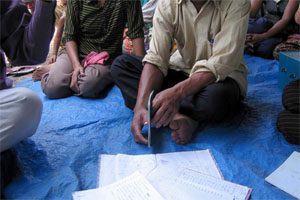
Duration: May 2005 - March 2010
Budget: US$1,176,001
Implementing Agencies: UNODC
As Cambodia was becoming an increasingly important transit country for drug trafficking in South East Asia, the programme’s overall goal was to reduce the rapidly increasing trend of substance abuse in five highly affected provinces. Based on a comprehensive vulnerability mapping of drug abuse and unsafe sexual practices, the programmes supported a targeted approach by building the capacities of local authorities, village focal entities, local healthcare centres, the police, and community members.MORE -
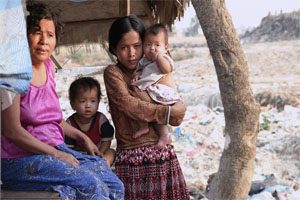
Duration: March 2004 - April 2007
Budget: US$1,114,975
Implementing Agencies: UN-HABITAT
The programme sought to build the capacities and strengthen the dignity of poor communities in Phnom Penh by reducing their poverty and improving their access to affordable basic services and better living environments. Through the creation of over 160 community organisations, the programme constructed safe drinking and water facilities, whilst improving economic security through micro-credit schemes.MORE -
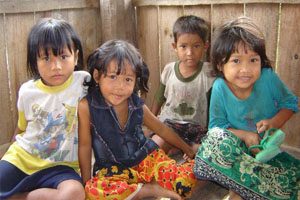
Duration: March 2004 - March 2007
Budget: US$1,027,425
Implementing Agencies: UNICEF
The programme sought to improve the health, nutrition and educational status of women and children through improved access to basic social services and education. This was achieved by strengthening Village Development Committees and improving access to health care and education.MORE -
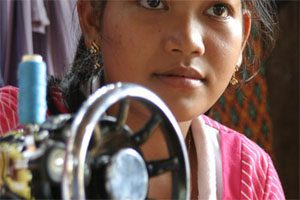
Duration: June 2003 - December 2006
Budget: US$1,161,605
Implementing Agencies: FAO
The programme aimed to improve household food security and strengthen income generation among Cambodia’s rural poor in several provinces by building synergies between district, provincial and central level initiatives, thereby improving access to water and increasing agricultural productivity.MORE -
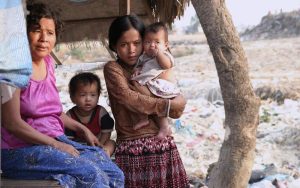
Duration: June 2003 - October 2006
Budget: US$1214464.76
Implementing Agencies: ILO
The programme sought to assist the Governments of Cambodia and Viet Nam to fight human trafficking as both countries were major source, transit and destination zones in the region. Based on an integrated strategy on both sides of the border, the programme raised awareness, mobilized communities, provided training and strengthened the social and economic capacities of people at risk.MORE -

Duration: June 2002 - July 2004
Budget: US$360,627
Implementing Agencies: UN-HABITAT
As a result of more than 25 years of war and internal conflict, large population of children and youth were living in dire conditions. To help re-integrate impoverished youth as full citizens, the programme addressed the needs of street children and disadvantaged youth through the establishment of a ‘House for Youth” and the provision of basic services, education and vocational training.MORE -
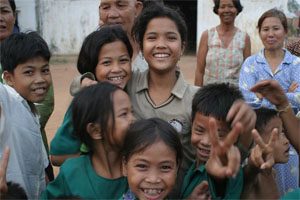
Duration: February 2002 - January 2005
Budget: US$609,248
Implementing Agencies: UNESCO
The objective of the programme was to support vulnerable children and at-risk youth who had dropped out of school and were engaged in informal activities, making them easy targets for criminal gangs and sexual exploitation. Through a network of organizations, a variety of activities were implemented to re-integrate those at risk into formal channels of education and daily life.MORE -
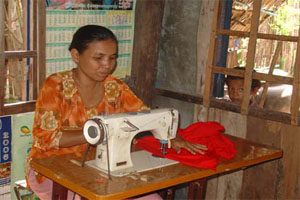
Duration: December 2000 - September 2002
Budget: US$177,719
Implementing Agencies: UN-HABITAT
The programme aimed to reduce the broad range of insecurities faced by an inflow of migrants from rural areas settling in Phnom Penh’s expanding informal settlements. Through an integrated poverty reduction strategy, the programme improved access to basic services, provided vocational training and enhanced opportunities for income generation, and improved local governance through dialogue between the settlers and the local authorities.MORE
